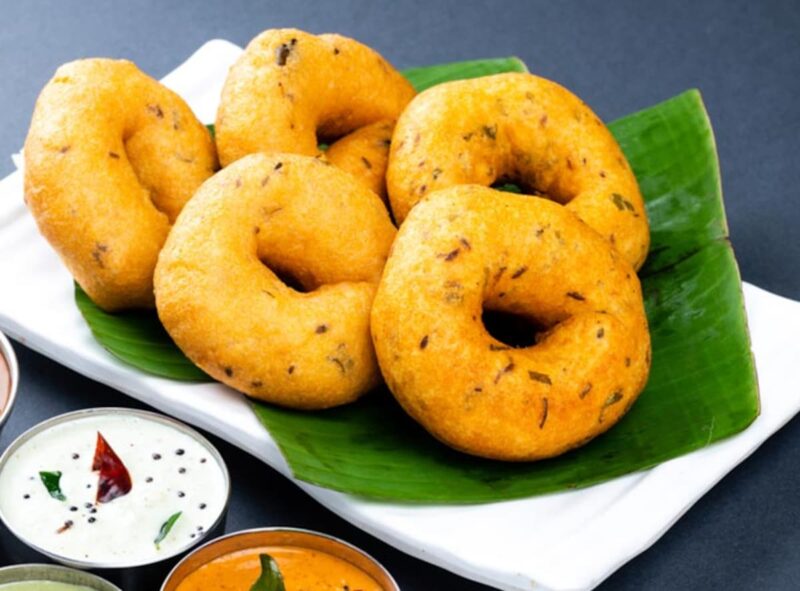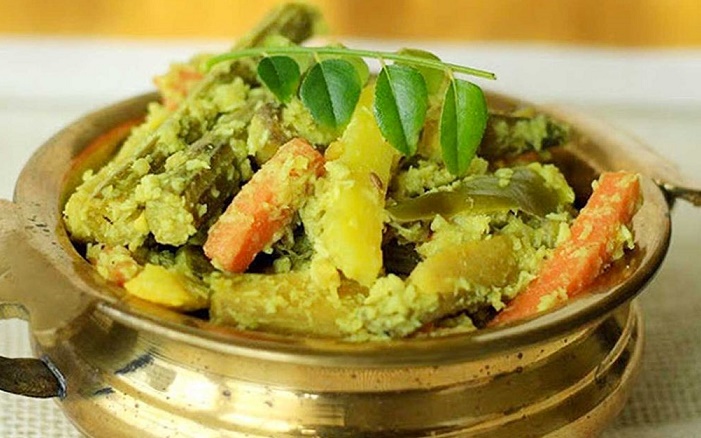Medu Vada Recipe: Medu Vada, a quintessential dish hailing from the rich tapestry of South Indian cuisine, graces the breakfast tables of Indian restaurants, accompanied by the delightful ensemble of Coconut Chutney and Vegetable Sambar. This crispy, deep-fried delicacy unfolds its magic through the infusion of urad dal (black gram lentils) and a judicious medley of spices, including cumin seeds, black peppercorns, curry leaves, and green chillies. The art of crafting these hotel-style vadas at home unveils its secrets, promising perfection to those who venture into its preparation.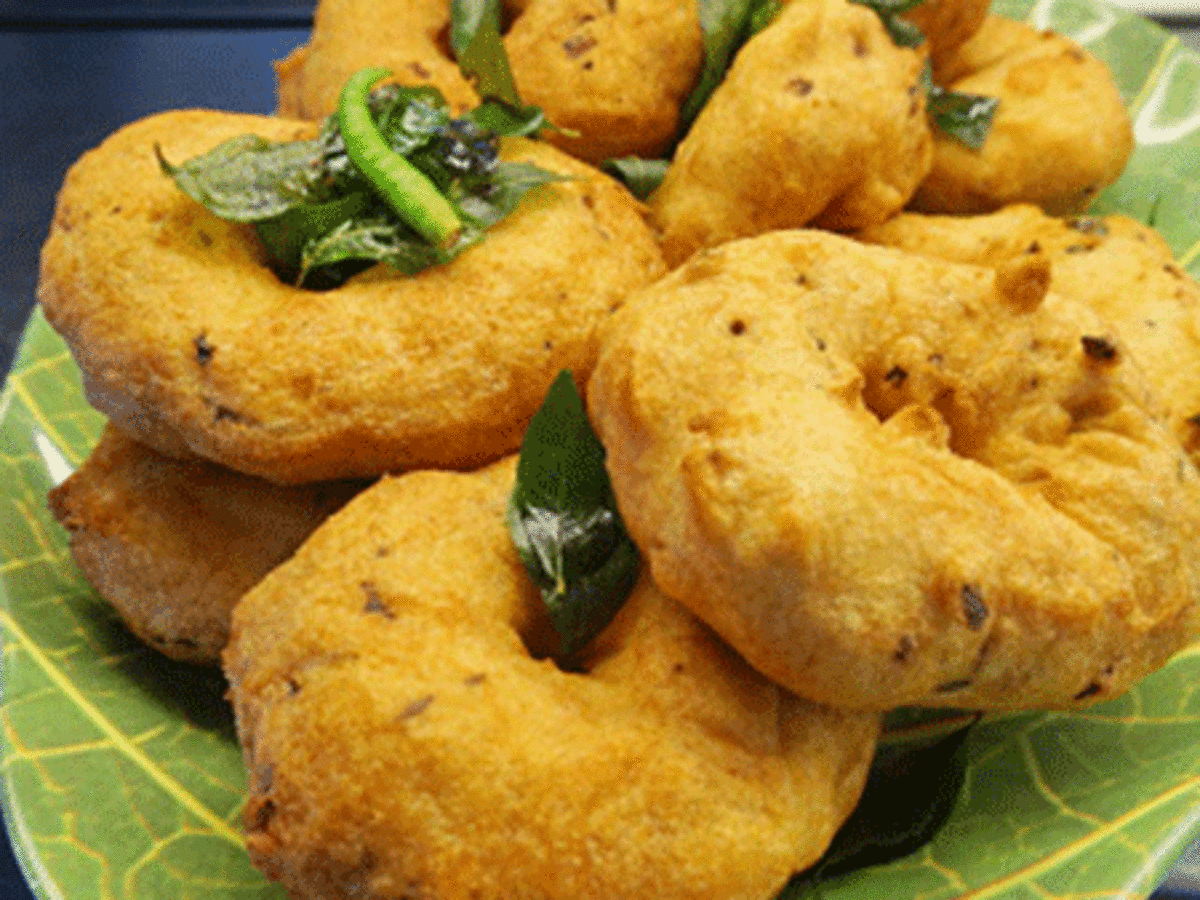
Ingredients:
Medu Vada Recipe
- 1 cup Urad Dal (Split White Lentils)
- 1 medium Onion or 2-3 shallots, finely chopped (optional)
- 1 teaspoon Cumin Seeds
- 1/2 teaspoon crushed Black Peppercorns
- 5-7 Curry Leaves, finely chopped, optional
- 1-2 Green Chillies, finely chopped
- A pinch of Asafoetida (hing), optional
- 2-3 tablespoons finely chopped Coriander Leaves
- Oil, for deep frying
- Salt to taste.
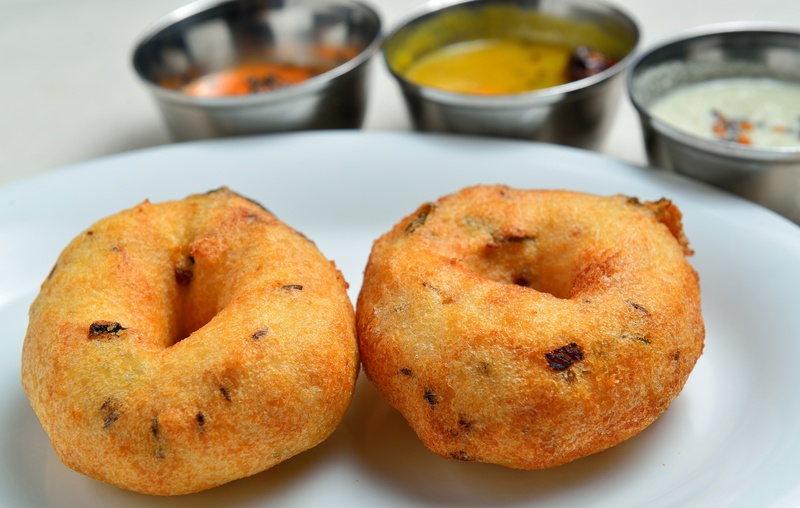
Directions:
Medu Vada Recipe
Step 1: Dal Preparation
- Take 1 cup urad dal in a small deep pot.
- Wash it 2-3 times and soak it in approximately 1½ cups of water for 2-3 hours, ensuring not to exceed the soaking duration. Whole skinned urad dal is preferable if available.
Step 2: Grinding Process
- Drain excess water and transfer dal to a blender/mixer grinder.
- Grind until achieving a fluffy, smooth texture. Sprinkle a few drops of cold water while grinding, avoiding excessive water addition. The batter should maintain a thick consistency.
Step 3: Batter Enhancement
- Transfer the batter to a bowl and beat it vigorously for 1-2 minutes in one direction. This aeration process imparts lightness and fluffiness. Test the batter’s readiness by dropping a small portion into a water-filled bowl; if it floats, the batter is suitably fluffy.
Step 4: Spice Infusion
- Add finely chopped onion (optional), cumin seeds, crushed black peppercorns, chopped curry leaves, chopped green chillies, a pinch of asafoetida (hing), chopped coriander leaves, and salt. Mix thoroughly.
Step 5: Frying Finesse
- Heat oil in a deep kadai or frying pan over medium flame. Wet your palm, take a portion of batter, press gently, and shape into a thick, round vada with a hole in the center.
- Slide vadas into the medium-hot oil, frying 3-4 at a time. Deep-fry until golden brown and crisp on both sides.
- Drain excess oil and place vadas on kitchen paper. Repeat the process for the remaining batter.
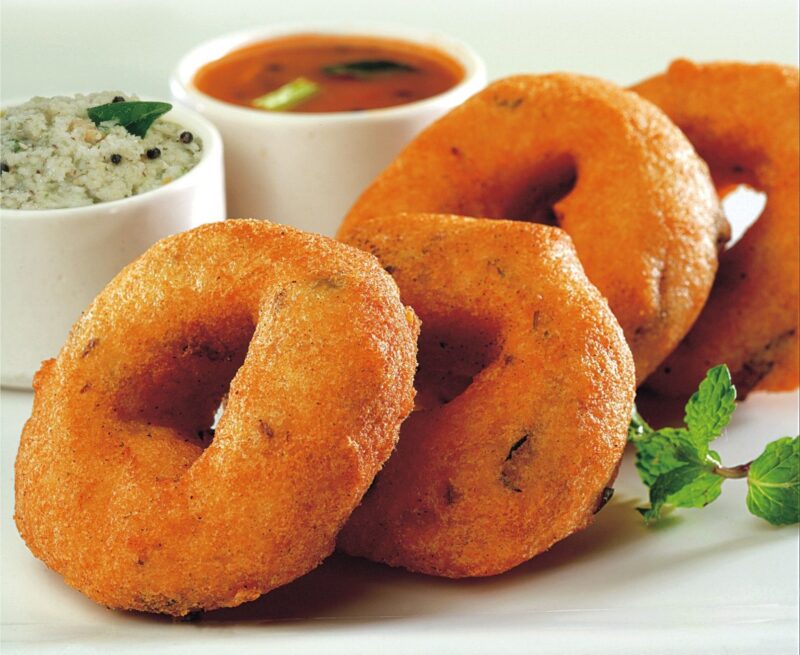
Tips and Variations:
Medu Vada Recipe
- Exercise caution with water quantity during grinding to prevent a watery batter.
- Grind the batter in intervals to avoid a pasty consistency.
- Adjust oil absorption by moderating water content in the batter.
- For difficulty in shaping vadas, use a greased plastic sheet or banana leaf.
- Maintain medium-hot oil temperature for even cooking.
Taste: Crispy and spongy
Serving Ideas: Enjoy with coconut chutney and hot tea for a delightful morning breakfast or snack. Alternatively, pair with idli, hot sambar, and nariyal chutney for a hearty breakfast experience.
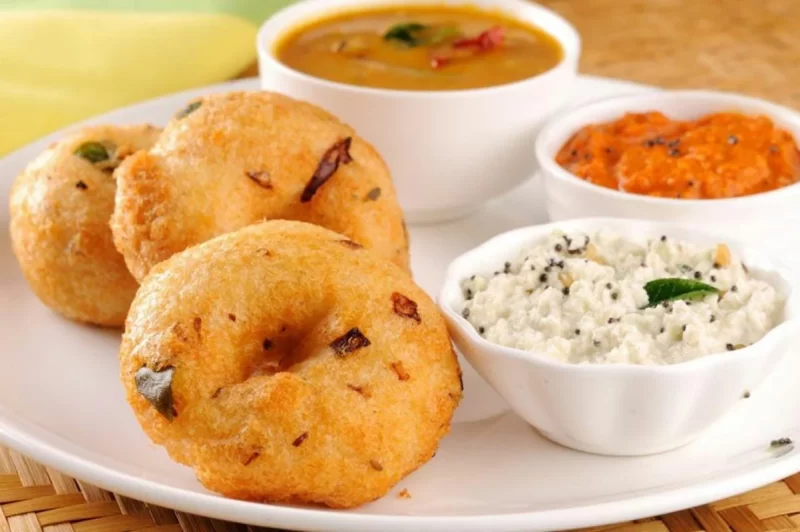
Conclusion:
Savoring the Culinary Symphony of Medu Vada
In summary, Medu Vada Recipe is a beloved South Indian specialty for its crispy-spongy contrast. Mastering the batter and frying is key to crafting this flavorful delicacy. Savor each bite of this traditional snack!
FAQs:
Unraveling the Medu Vada Recipe Enigma
What makes Medu Vada Recipe special compared to other South Indian snacks?
Medu Vada Recipe stands out with its crispy exterior contrasting the soft, spongy interior. The combination of urad dal and an array of spices gives it a unique taste and texture, making it a quintessential breakfast food.
Can I use lentils other than urad dal for making Medu Vada?
While traditionally made with urad dal, some variations use other lentils. However, the texture and flavor may be impacted. It’s best to experiment cautiously if substituting the dal.
What’s the secret to getting the perfect batter consistency for restaurant-style Medu Vada Recipe?
Grinding the soaked urad dal to a smooth, fluffy texture is key. Adding a sprinkle of cold water while grinding and whisking air into the batter helps achieve the right consistency.
Why does my Medu Vada soak up excess oil when frying?
Too much water in the batter can lead to oil absorption. Be mindful of water quantity when grinding. If it persists, adding some rice flour can help thicken the batter.
Can I make Medu Vada with canned chickpeas instead of urad dal?
While doable, the taste and texture may differ from the original. Urad dal lends distinct flavor and consistency, making it the preferred choice.

